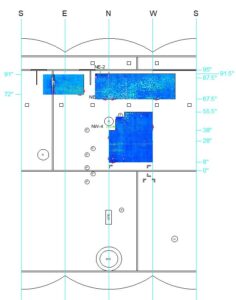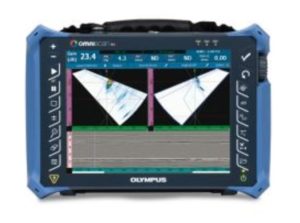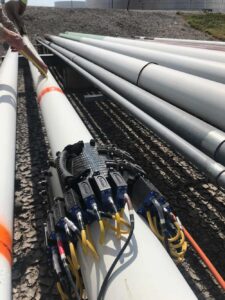
An Industrial Service Company offering a unique blend of services
1-855-227-5510
Email: [email protected]
XCEL
2755 State Hwy 322, Longview, TX 75603 | Mailing PO Box 8024, Longview, TX 75607


An Industrial Service Company offering a unique blend of services
1-855-227-5510
Email: [email protected]
XCEL
2755 State Hwy 322, Longview, TX 75603 | Mailing PO Box 8024, Longview, TX 75607
 By utilizing automated scanning systems, corrosion mapping can be taken to a whole new level of accuracy and dependability.
By utilizing automated scanning systems, corrosion mapping can be taken to a whole new level of accuracy and dependability.
 Time of Flight Diffraction method is a sensitive and accurate method for the non-destructive testing of weld defects.
Time of Flight Diffraction method is a sensitive and accurate method for the non-destructive testing of weld defects. This testing is used on ferrous materials to determine various properties of the alloy.
This testing is used on ferrous materials to determine various properties of the alloy. Positive Material Identification (PMI) Inspection is the analysis of materials to determine the chemical composition of a metal or alloy.
Positive Material Identification (PMI) Inspection is the analysis of materials to determine the chemical composition of a metal or alloy. Guided Wave Ultrasonic Testing (GWUT) is an ultrasonic method appropriate for screening large areas of piping for service related damage.
Guided Wave Ultrasonic Testing (GWUT) is an ultrasonic method appropriate for screening large areas of piping for service related damage.